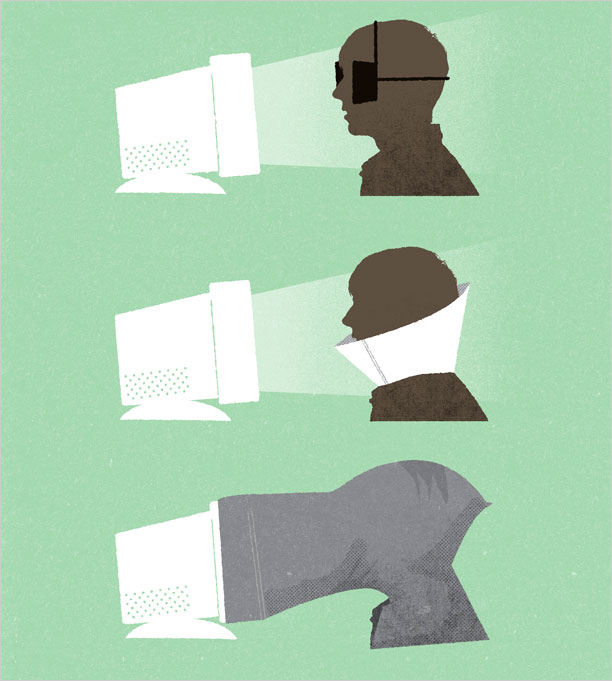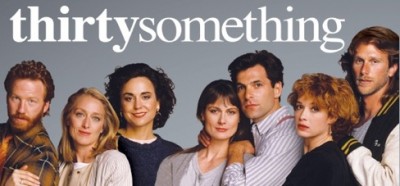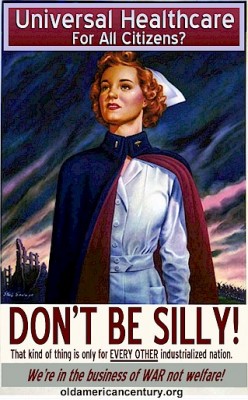 The high school I went to was John F. Kennedy, where the mascot was a leprechaun and the nickname for the sports teams was the Fighting Irish. The “branding” and the fight song were all University of Notre Dame ripoffs. I also seem to recall some Boston Celtics influence on the logo front. I never thought about it being offensive.
The high school I went to was John F. Kennedy, where the mascot was a leprechaun and the nickname for the sports teams was the Fighting Irish. The “branding” and the fight song were all University of Notre Dame ripoffs. I also seem to recall some Boston Celtics influence on the logo front. I never thought about it being offensive.
Fast forward a few years when in my consumer behaviour course {text was by William Wilkie}, I read about the policy implications of sports marketing, particularly when it came to using Native American tribes as mascots. This week, the decision of whether the current nickname for the University of North Dakota will continue to be The Fighting Sioux was extended for 30-60 days by the North Dakota state Board of Higher Education. This will allow the university to get the opinion of the the state’s two tribes, as per the NCAA mandate that says that they cannot hold postseason events without approval of the tribes, after deeming the nickname “hostile and offensive.”
Proponents say the name honors the tribes and are an important part of the school’s tradition. On ESPN, a university official did everything possible to state the university position is whatever the tribes and the Board of Higher Education decides, while an activist stated that all tribes in all states where Sioux people reside should have a say.
 The Stanford {Leland Stanford Jr. University} nickname was the Indians until 1972, when, after protest, it was changed to the Cardinal, for the colour, not the bird. The mascot went from Prince Lightfoot to the Stanford Tree, but not overnight. The tree was a mascot candidate offered by the Stanford band in 1975, although it did not win a student referendum that allowed suggestions that year. According to Wikipedia::
The Stanford {Leland Stanford Jr. University} nickname was the Indians until 1972, when, after protest, it was changed to the Cardinal, for the colour, not the bird. The mascot went from Prince Lightfoot to the Stanford Tree, but not overnight. The tree was a mascot candidate offered by the Stanford band in 1975, although it did not win a student referendum that allowed suggestions that year. According to Wikipedia::
“The 1975 vote included new suggestions, many alluding to the industry of the school’s founder, railroad tycoon Leland Stanford — the Robber Barons, the Sequoias, the Trees, the Cardinals, the Railroaders, the Spikes, and the Huns. The Robber Barons won, but the university’s administration refused to implement the vote.”

Ah, so much for campus democracy. This reminds me of the server of my first web URL at UC Irvine:: “avarice.gsm.uci.edu”

I guess I’m not a stickler for tradition. I’ve gone to schools where the nicknames were Ducks and Anteaters. {As an aside, I do believe the Stanford “tree” is still banned from Autzen Stadium at the University of Oregon for a spotted owl skit in the 1990s. Oregon was/is logging country.} If the mascots were changed, so be it. I must admit I would think it was pretty funny if Stanford did become the Robber Barons. That said, changing a nickname or a mascot on the basis that it offends a group doesn’t bother me at all. I can see how this is a clash of meaning systems.
So, is this no big whoop or is the NCAA imposing an overly politically correct culture on collegiate America?
Twitterversion:: Univ.N.Dakota Fightng Sioux mascot mght go the way of the dodo.Ovrly PC #NCAA or are times just a changin’? #ThickCulture http://url.ie/2k0e @Prof_K




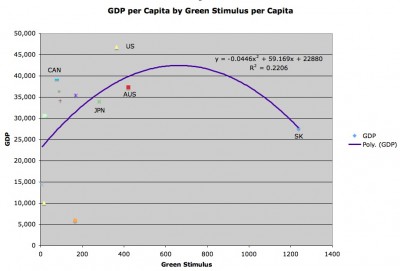
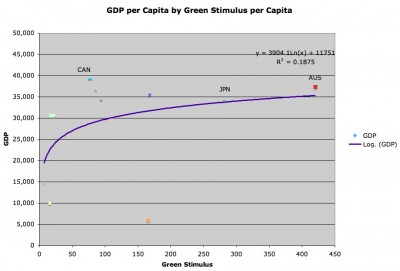
 On the UC Berkeley campus, the
On the UC Berkeley campus, the  Last spring, Mark C. Taylor
Last spring, Mark C. Taylor 